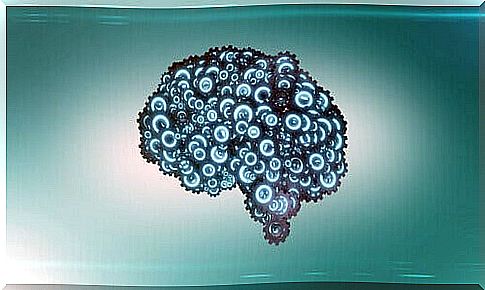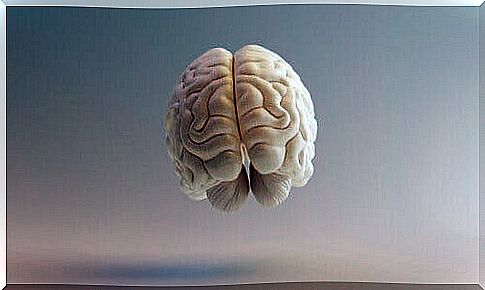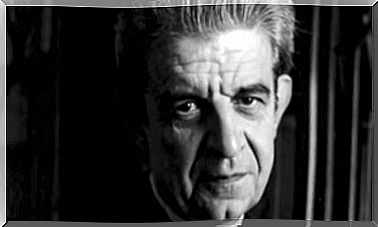Spearman’s Two Factor Intelligence Theory

When we talk about intelligence and its scientific study, we cannot omit, among others, the name of Charles Spearman. His studies provided much information to later thinkers. Why was Spearman’s two-factor theory, and still is, so important to the study of intelligence and psychometric testing?
Intelligence has been scientifically studied and conceptualized by different thinkers. Among them is Charles Spearman, who coined the term general intelligence in 1904 from Galton’s studies.
Charles Spearman (1863 – 1945) was a London-born psychologist, follower of the father of experimental psychology, Wilhelm Wundt (1832 – 1920) and influenced by the work of Francis Galton (1822 – 1911).
He was the founder of the “London School” of psychology at University College London (UCL). It was there, along with many of his students, that he put experimental psychology into practice during the first decades of the twentieth century.
Spearman’s two factor theory
Spearman’s Two Factor Theory proposes a system in which intelligence is factorized. The general factor (g) and the specific factor (s).
Spearman claimed in 1923, with his theory of intelligence, that the academic performance of some school-aged children was correlated with the result they obtained in certain sensory tests that he himself had chosen and applied to them. . Thus, he concluded that general intelligence could be measured with the ability of sensory discrimination. Exactly as Galton had previously proposed.
In today’s scientific study of intelligence, it is complicated to broach the subject without talking about Spearman’s two-factor theory. E lle laid the foundations of a new stage in the study of it.

General intelligence
Spearman defined general intelligence as “ the ability to infer relationships and, from them, to establish correlations ”.
He also spoke of a neural phenomenon g, which “ is considered in his thesis as a potential energy available in the whole brain and postulates that this energy differs quantitatively between individuals and would be genetically determined” (Spearman 1927 pp 124, mentioned by Rosa Maria Bonastre Rovira in “ General intelligence (g), efficiency and speed index of nerve conduction: an empirical approach, 2004 ″).
That is to say, he tells us about a part of the intelligence which intervenes in many activities, but which is not specialized in any of them. Unlike specific actors or s factors, which do.
Specific factors
Also called s factors, these are those that correspond to different capacities such as activities:
- Mechanics
- Verbal
- Digital
- Space
- Etc
For example, Spearman’s two-factor theory tells us that if a school-aged child does well in one subject, he or she is more likely to do well in the other subjects as well.
Since general intelligence or “g” is involved in these assessments. However, this does not guarantee that the child will excel in a specific skill, discipline or area in the future, as it requires the intervention of “s” factors.
Spearman’s contributions to the study of intelligence
From Spearman’s Two Factor Theory and the various critiques it has received, other ideas have emerged in an attempt to scientifically understand the phenomenon of intelligence.
Some of these criticisms were related to cultural bias, economic position, geographic location of the subject’s domicile or academic level. Spearman’s theory ignores these factors. Also, genetics cannot explain everything. From then on, new proposals and new models emerged.
Other definitions
Other definitions that have seemed relevant over time come from thinkers such as: (mentioned in “ La inteligencia general (g), la eficiencia neuuuraly el índice velocidad de conducción nerviosa: una aproximación empírica ” by Dr Rosa María Bonastre Rovira , 2004). Hebb DO (1949 in The organization of the behavior ) states that “ intelligence is the potential of an animal organism to learn and adapt to its environment ”.
Stemberg (1985 in Beyond IQ: A triarchic theory of human intelligence ) defines it as follows:
Gottfredson LS (1997 in Why g matters: The complexity of everyday life ) states that:
Howard Gardner (1999 in The prefrontal cortex: Executive and cognitive functions ) recognizes intelligence as:
These are some of the most important contributions to intelligence. As we can see, they are related to conflict resolution and adaptation to the environment. This indicates that they no longer take into account only the genetic conditions of the subjects.

Applications in psychology
In psychology, there are psychometric tests for almost every dimension that has aroused interest. Spearman’s theory, although less appreciated by some, is of great relevance. From these studies were born other studies that shaped the various psychometric tests of intelligence that we use today.
Today psychometric tests based on Spearman’s theory are still administered. For example :
- Raven’s Progressive Matrix Test
- The D-48 dominoes test
- And, finally, Cattell’s g-factor test









